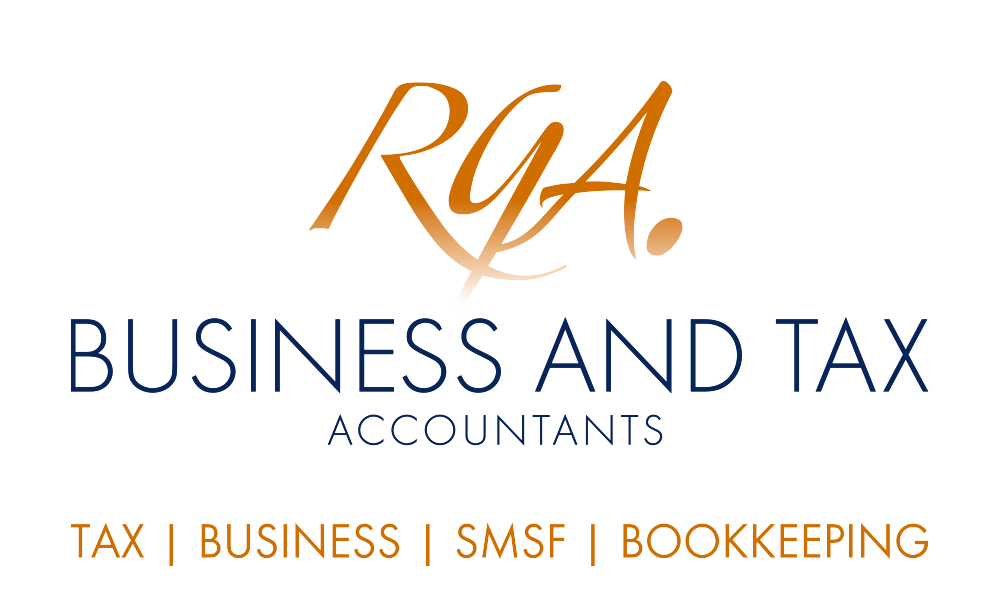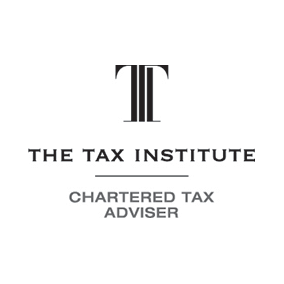
The qualifying age to receive a genuine redundancy payment has recently been increased to the age pension age, so even if you're over 65 you may still be able to receive the payment. The advantage of that is you'll potentially be able to work longer and retire later in life whilst still being able to receive a tax-free genuine redundancy payment. However, the rules surrounding this area is quite complex and is largely dependent on the facts of each case, so caution is advised.
With everyone retiring later in life and working longer, the government has been playing catch up to align some outdated age provisions in the tax law to today's standards. One such change brings into line the genuine redundancy payment's qualifying age with the age pension age. In real world terms, it means the qualifying age has been increased from 65 to between 66 or 67 depending on the year you were born. So, if you're dismissed on or after 1 July 2019, and are between 65 and 67, you may potentially qualify for more of your redundancy payment to be tax-free depending certain eligibility conditions.
Apart from the age requirement, to receive a part of the payment as a tax-free genuine redundancy payment the following conditions must also be met:
- payment must be received in consequence of an employee's termination;
- termination must involve the employee being dismissed from employment;
- dismissal must be caused by redundancy of the employee's position;
- redundancy payment must be made genuinely because of redundancy;
- if dismissal was not arm's length, the payment must not exceed the amount that could reasonably be expected to be made on an arm's length basis; and
- at the time of dismissal, there was no arrangement between employee or employer or employer and another person to employ the employee after the dismissal.
In the context of a genuine redundancy payment, "dismissal" usually involves a termination by an employer without an employee's consent. It also includes constructive dismissal if the employee has little option other than resigning.
However, an employee can be "dismissed" even in circumstances where they have expressed an interest in accepting a redundancy package, provided that the final decision to terminate employment remains solely with the employer.
As each workplace is different, the circumstances of dismissal will also vary wildly. The determination of whether a payment qualifies as genuine redundancy will depend on the facts in each case. This area of law is quite complex and there are many factors that could sway the decision one way or the other, especially in instances of company restructures.
If a payment does not meet the conditions of a genuine redundancy or if you are over the qualifying age, the payment will most likely be taxed as an Employment Termination Payment (ETP) instead. Depending on your age and the amount you have received, you may be taxed concessionally under an ETP. For example, for those 56 years and over, amounts up to $205,000 may be taxed at 15%
If a payment does qualify as a genuine redundancy payment, then the amount that will be tax-free depends largely on your years of service and the year in which the redundancy was paid. For example, if you received a genuine redundancy payment in the 2019-20 income year and you had 10 years of service with your employer, then potentially $63,838 of any payment that you receive will be tax-free. Any amounts in excess of that will be taxed as an ETP.
Want to find out more?
If you've received a payment as a part of a dismissal and you're unsure whether or not it is a genuine redundancy payment or an employment termination payment, we can help you figure it out. Contact us today to ensure you're not paying too much tax.









